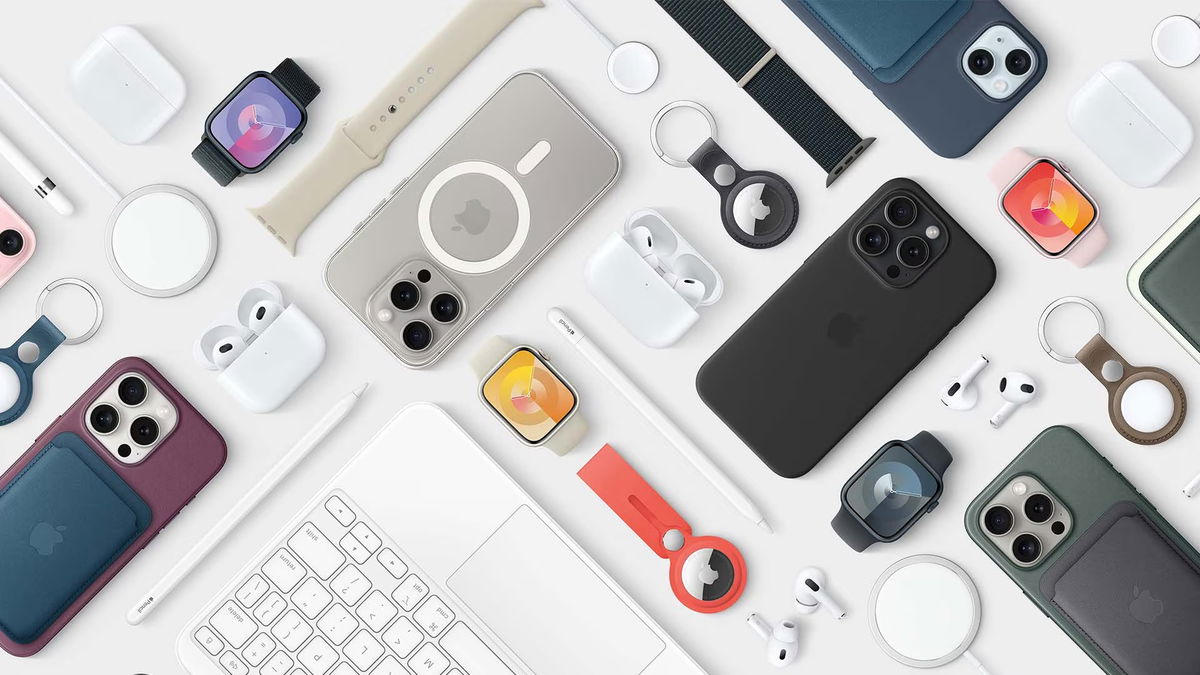A study published in 2016 found that For 83% of the world’s population, the night sky was polluted by artificial light. Not only that: the brightness on Earth has grown by 9.6% every year for at least ten years. We are running out of night and our body is suffering from it.
Science Magazine The science published this Thursday a special edition on light pollution. The series of reports looks at several studies that show that exposure to night light affects visual system, changes circadian physiology and, of course, sleep. Some studies show that side effects may include various chronic conditions.
The main problem is related to melatonin. It is a hormone that acts like our biological clock. The human body increases its production and excretion at dusk and decreases during the day. Thus, it induces sleep and wakefulness.
A 100-person experiment published last December confirmed that retinal photoreceptors are responsible for activating or stopping the release of this hormone. It depends on the light they perceive. The study came to the same conclusion. excessive artificial lighting is associated with melatonin suppression. It is as if the body feels that it is still light.
This change in melatonin affects the circadian rhythm. It is a natural cycle of physical, mental and behavioral changes that the body goes through in a 24 hour cycle. And among the most compromised foci is the gut microbiota.
Artificial light, circadian rhythm and health
Researchers at National Taiwan University published the results of another experiment in mice in 2022. They found that by exposing them to artificial light at night, their gut microbiota was altered. These types of changes typically affect metabolism, brain development, and are associated with neurodegenerative diseases.
Cancer is also one of the dangers. International Agency for Research on Cancer (IARC), owned by the World Health Organization (WHO), back in 2007. shift work associated with disruption of the circadian rhythm has been classified as a probable carcinogen.
The Barcelona Institute for Global Health (ISGlobal) conducted another analysis, published in 2018, that links overexposure to artificial lighting, especially light from LED lamps, with breast and prostate cancer. This study was carried out with the collaboration of more than 4,000 people, residents of the cities of Barcelona and Madrid. The team is now figuring out how light pollution can affect cardiovascular health.
A child born today in an area where 250 stars are visible will only be able to see 100 when they turn 18. The exercise was proposed by Christopher Kiba, a researcher at the German Research Center for Geosciences in Potsdam, author of a study on light pollution published earlier this year.
And if this child were 80 years old, “perhaps only the five brightest stars would still be visible,” the researcher said in an interview with the publication. A country. That’s why it’s perfectly reasonable to think that the problem is progressing so fast that this will be the last generation to see the stars.
Source: Hiper Textual












